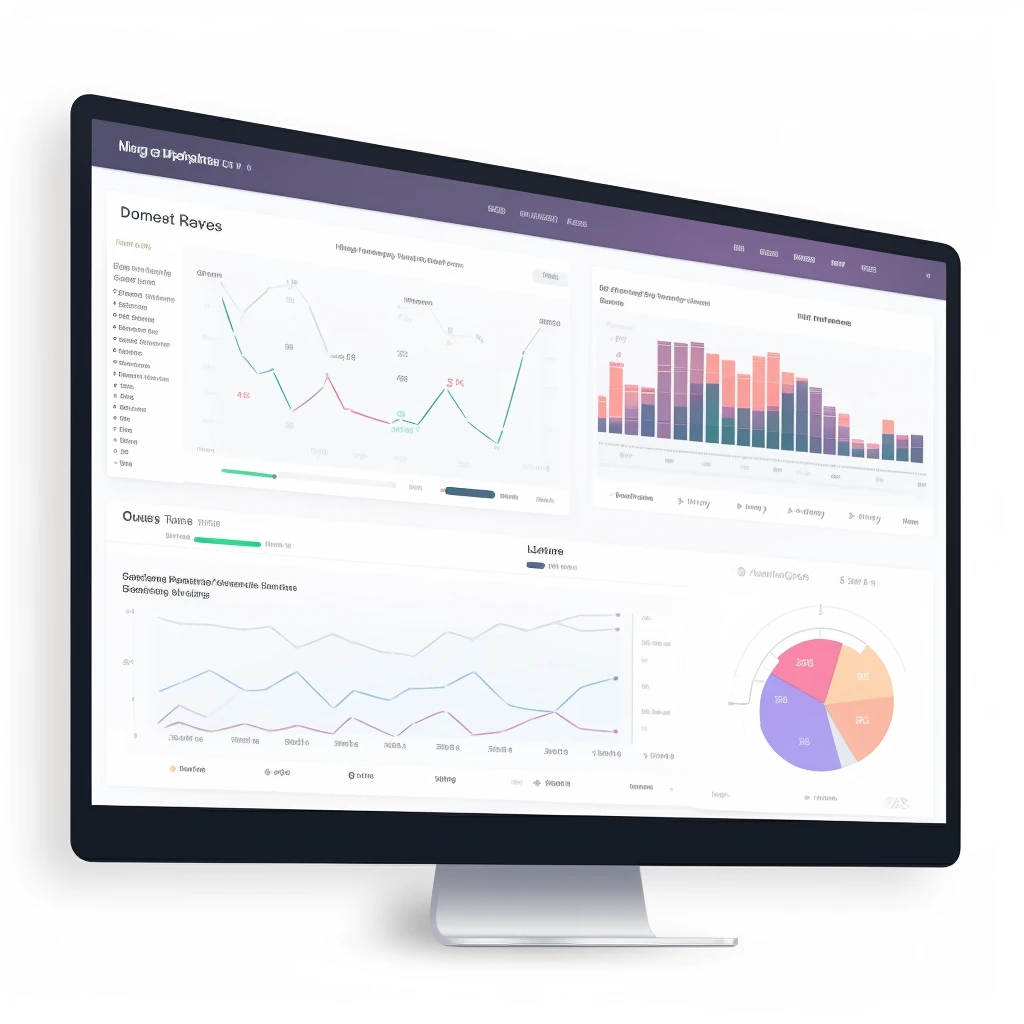Introduction
In the world of trading and investing, finding a profitable edge is the holy grail for many participants. One essential technique that traders use to achieve this is backtesting trading strategies. This article will delve into the ins and outs of backtesting trading strategies, providing valuable insights into its benefits, common pitfalls, and best practices to help you uncover the secrets to consistent profits.
Understanding Backtesting Trading Strategies
What is Backtesting?
Backtesting trading strategies is a crucial step in the development of any trading system. It involves simulating trades using historical price data to evaluate a strategy’s performance. This process can help identify and refine trading methodologies, enabling traders to optimize their approach and ultimately increase their profits.
Why is Backtesting Important?
The importance of backtesting trading strategies cannot be overstated. Firstly, it allows traders to assess the viability of their strategy without risking real money. Secondly, it enables the identification of weaknesses and areas for improvement. Finally, it can offer valuable insights into how a strategy might perform under various market conditions.
The Benefits of Backtesting Trading Strategies
Building Confidence in Your Strategy
A well-executed backtest can provide traders with the confidence they need to execute their strategy in real-time. By analyzing the historical performance of a trading system, traders can gauge its potential success and make necessary adjustments before deploying it in a live market.
Enhancing Risk Management
Backtesting trading strategies helps traders better understand the risks associated with their chosen approach. This knowledge allows them to establish appropriate risk management parameters, such as position sizing and stop loss levels, to protect their capital during periods of adverse market movements.
Adapting to Changing Market Conditions
Market conditions are constantly evolving, and a successful trader must adapt their strategy accordingly. Backtesting provides valuable insights into how a trading system might perform under various market scenarios, allowing traders to modify their approach to better suit the ever-changing financial landscape.
Common Pitfalls to Avoid When Backtesting Trading Strategies

Overfitting
One of the most common pitfalls when backtesting trading strategies is overfitting. This occurs when a trading system is optimized to perform exceptionally well on historical data, but fails to perform as effectively on new, unseen data. To avoid overfitting, traders should use out-of-sample testing, employ simpler trading models, and avoid excessive optimization.
Survivorship Bias
Survivorship bias can significantly impact the results of a backtest, leading traders to overestimate the potential profitability of their trading strategy. This bias occurs when only the historical data of companies that have survived are included in the backtesting process, omitting those that have failed or been delisted. To mitigate this issue, traders should ensure they use comprehensive datasets that include both surviving and non-surviving companies.
Look-Ahead Bias
Another common pitfall when backtesting trading strategies is look-ahead bias. This occurs when a trading system inadvertently uses information that was not available at the time the trade was executed, leading to overly optimistic results. To avoid look-ahead bias, traders must ensure their backtesting process accurately reflects the actual sequence of events and the availability of information at the time of trade execution.
Best Practices for Backtesting Trading Strategies
Use Quality Data
The quality of data used in backtesting trading strategies is crucial to obtaining reliable results. Traders should ensure they use high-quality, accurate, and up-to-date datasets that are free from errors, omissions, or inaccuracies. Additionally, it’s essential to use data that matches the timeframe and asset class of the intended trading strategy.
Employ Robust Performance Metrics
To accurately assess the effectiveness of a trading strategy, traders must utilize robust performance metrics that consider various aspects of a strategy’s performance. Some key metrics to consider include the Sharpe ratio, drawdowns, win rate, profit factor, and annualized return. By incorporating a range of metrics, traders can gain a more comprehensive understanding of their strategy’s strengths and weaknesses.
Test Across Different Market Conditions
Backtesting trading strategies should involve testing across different market conditions to ensure the strategy’s adaptability and effectiveness. By testing under various scenarios such as bull and bear markets, periods of high and low volatility, and varying economic conditions, traders can gain insights into how their strategy is likely to perform in the future
Use Out-of-Sample Testing
To avoid overfitting and ensure a strategy’s effectiveness on unseen data, traders should incorporate out-of-sample testing in their backtesting process. This involves splitting the historical data into two sets: one for developing and optimizing the strategy (in-sample data) and another for validating its performance (out-of-sample data). This approach helps ensure the strategy’s robustness and its ability to perform well in real-world trading.
Leveraging Technology for Backtesting Trading Strategies
Backtesting Software
In today’s technologically advanced world, numerous software solutions are available to assist traders in backtesting trading strategies. These tools can streamline the backtesting process, offering advanced features such as optimization, performance analysis, and visualization of results. Some popular backtesting software options include TradingView, TradeStation, AmiBroker, and MetaTrader.
Programming Languages for Backtesting
For traders who prefer a more hands-on approach, several programming languages can be used to develop and backtest trading strategies. Python, R, and MATLAB are popular choices due to their extensive libraries, flexibility, and ease of use. By using a programming language, traders can create customized backtesting processes tailored to their specific needs and requirements.
Conclusion
Backtesting trading strategies is a critical component in the development of a successful trading system. By understanding its benefits, avoiding common pitfalls, and employing best practices, traders can uncover the secrets to consistent profits. Leveraging technology, such as backtesting software and programming languages, can further enhance the backtesting process and provide valuable insights into the potential performance of a trading strategy. By investing time and effort into properly backtesting trading strategies, traders can build confidence in their approach, enhance risk management, and ultimately, achieve long-term success in the financial markets.










